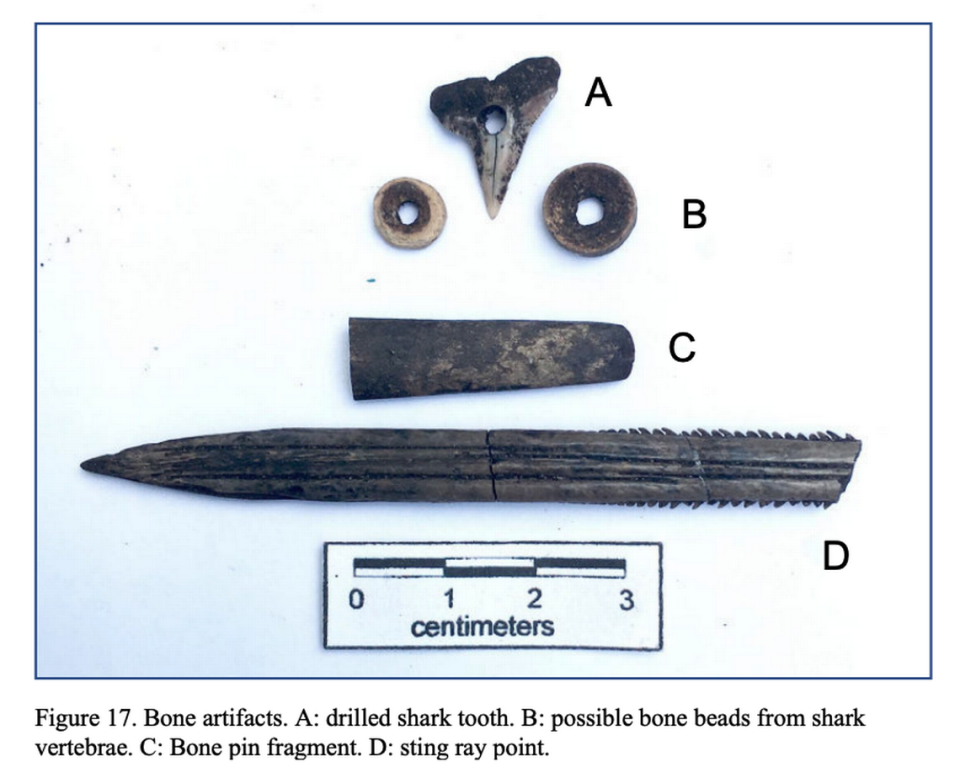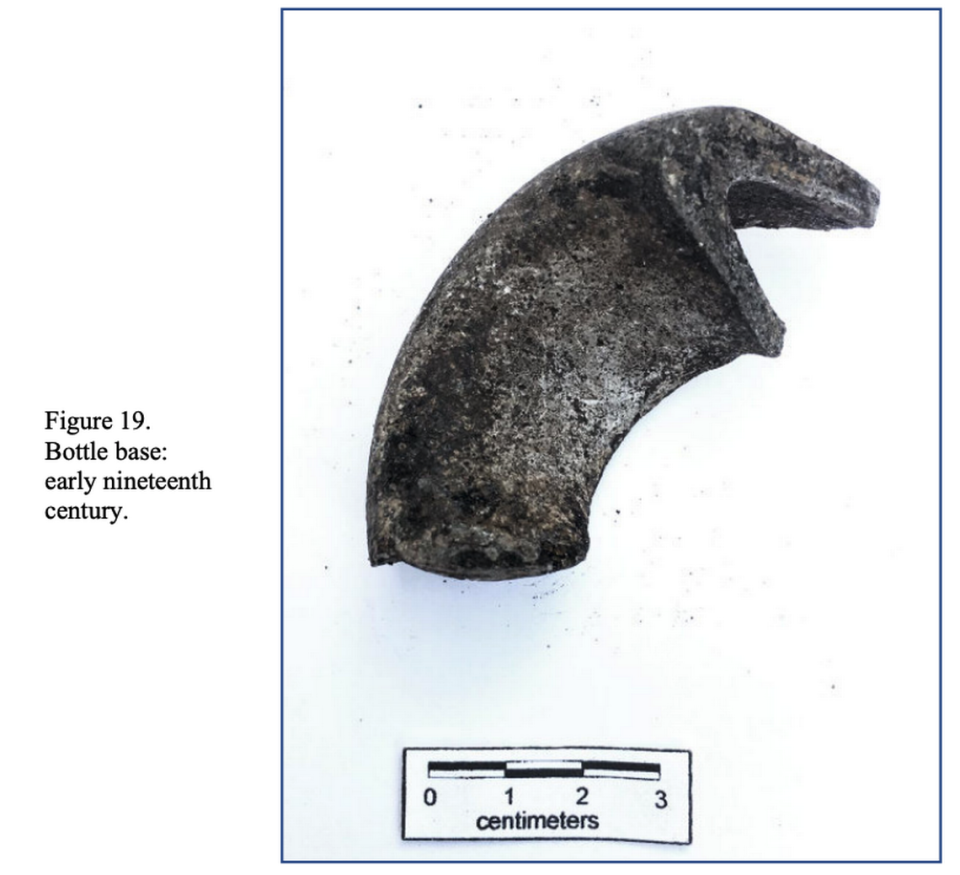It was a routine demolition to make way for a Brickell tower. Then these were dug up
Artifacts were almost buried underneath another Brickell high-rise.
But in April, an archaeological team overseeing a parking garage demolition dug up artifacts that could give a better picture of the Native Americans that once occupied the area.
Among the findings: prehistoric bone artifacts, including points, pins, drilled shark teeth, as well as pumice, lithic weight and pottery shards, which consultants say likely belonged to the Tequesta tribe.

The artifacts were found where the U.S. Custom House and adjacent parking garage, which were built in 1972, stood until they were demolished earlier this year. The team issued a notice of discovery to the City of Miami on April 10, according to the Phase I Cultural Resource Assessment of the property.
“The entire area near the mouth of the Miami River is within an archaeological zone,” a spokesperson for Related Group, the developer of the property, which sits just west of the mouth of the Miami River, said in a statement.
Related Group is planning a 75-story residential tower, Baccarat Residences Brickell, on the site, including a baywalk and riverfront restaurant, according to a spokesperson from Related Group.
“The Assessment Report Related submitted, through our consultant, is part of the process of excavating activities for any site in an archaeological zone,” the group’s spokesperson said in a statement. “Related has and will continue to fully comply with all existing government regulations for developing within the zone.”
Related Group’s consultant, Archaeological and Historical Conservancy Inc., also found mid-19th century items, including a pewter button, cuprous square nails, stoneware fragment, and a glass bottle base.


The site at 444 Brickell Ave. could be eligible for listing in the National Register of Historic Places for containing well-preserved cultural deposits that contribute to knowledge of prehistoric life of the Tequesta, according to the Phase I assessment. The team recommended that a Phase II Assessment be completed to further determine the significance of the findings.
This isn’t the first time fragments of Native American history have been found along the Miami River.
In 1998, the Miami Circle at Brickell Point — which historians believe was once part of a council house or ceremonial structure for the hunter and fishermen tribe — was discovered on the south side of the river. The 38-foot ring, which archaeologists traced to Tequesta ancestors from between 500 B.C.E. and 750 C.E., was designated a National Historical Landmark in 2009.

“So much of the important finds, excavations, have been done along the Miami River and it’s obvious because it’s a waterway,” Miami historian Dr. Paul George told NBC6. “A source of water — fish, locomotion, getting from one place to another — so early people certainly used that.”
The Phase II assessment of 444 Brickell is underway and is on track to finish by the end of the month, according to Robert Carr, archaeologist and director of the Conservancy. The report will be released next month.

 Yahoo Finance
Yahoo Finance 